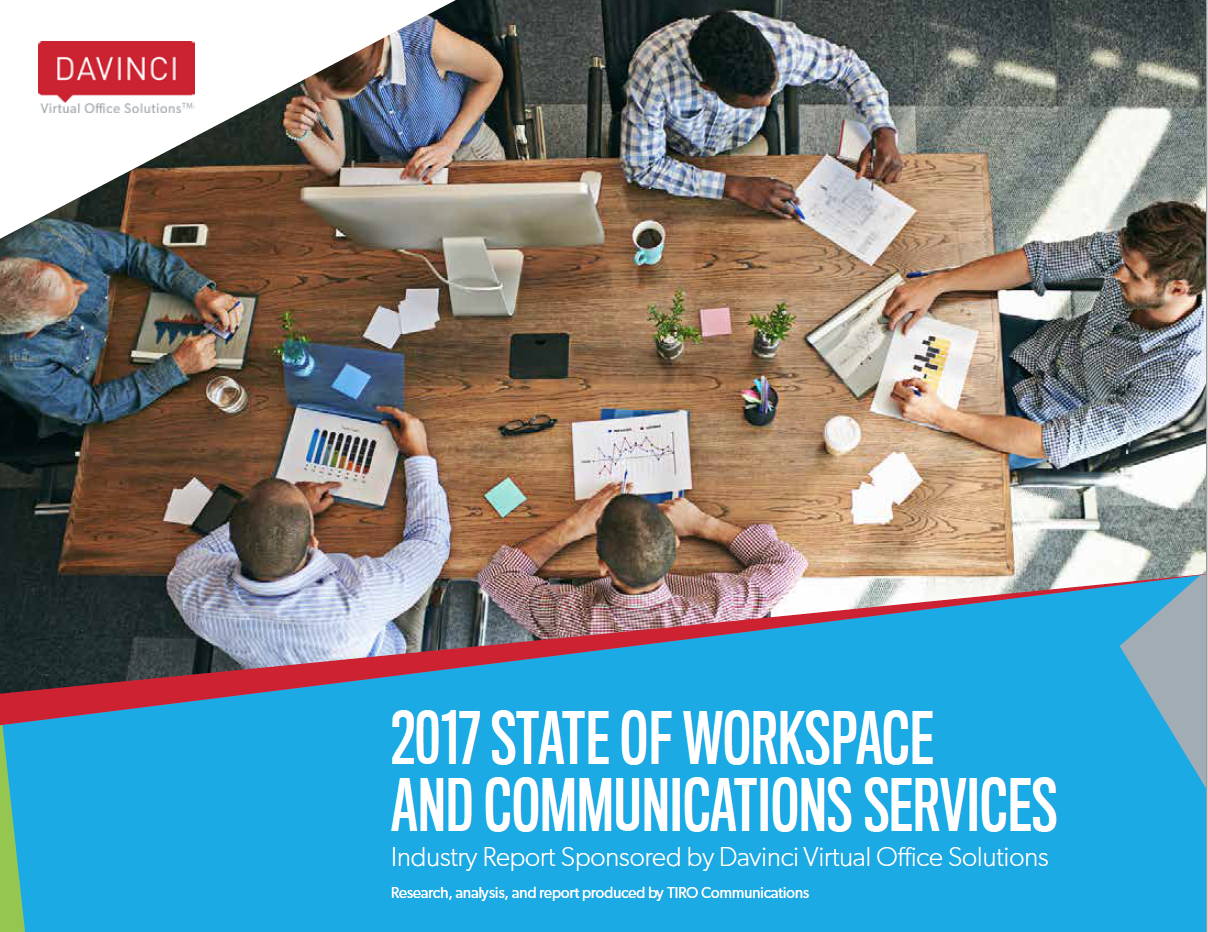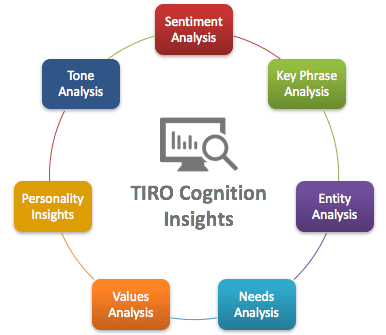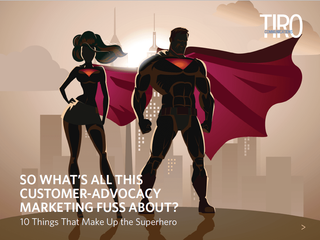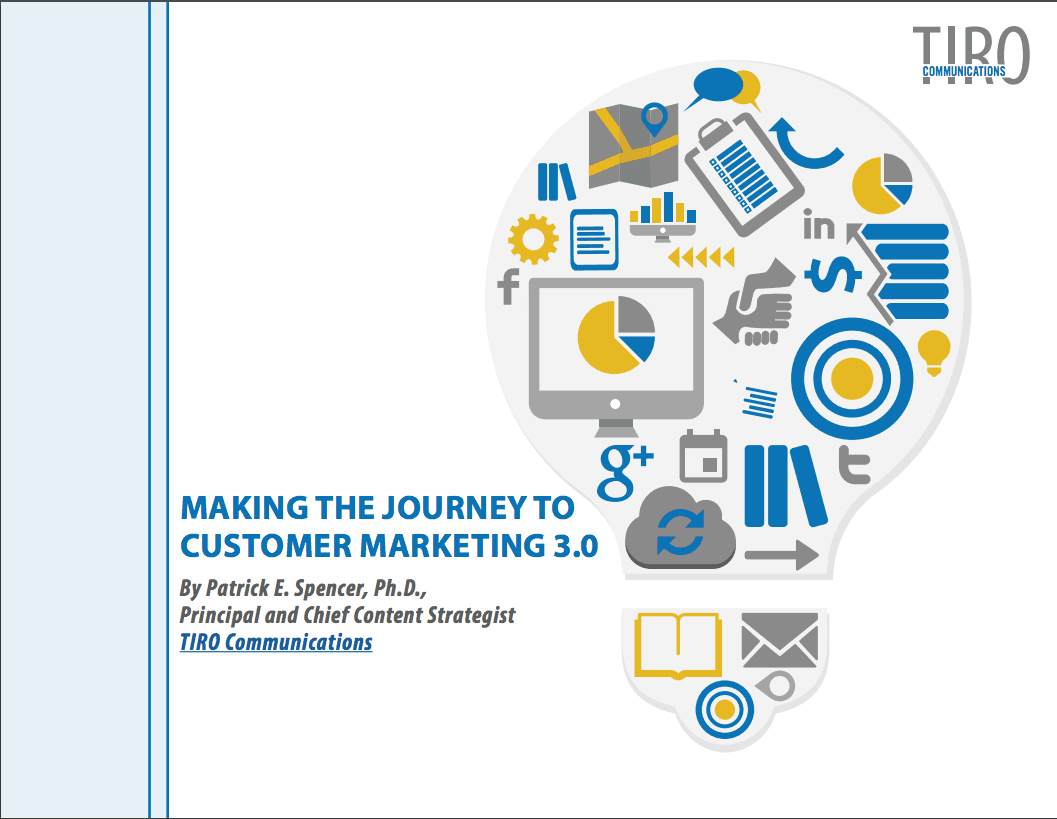How Natural Language Processing Could Have Prevented the United Debacle
- By Patrick Spencer
- •
- 04 May, 2017
- •

Remembering the “Broken Guitar”
Many of us probably remember the incident involving musician Dave Carroll when United baggage handlers damaged his $3,500 Taylor guitar (he overheard other passengers say that they were throwing guitars on the tarmac during his layover at Chicago O’Hare International). After 15 months of repeated attempts to get United to reimburse him for the repairs to his guitar and innumerable calls to United customer service (he asked for $1,200 in flight vouchers as compensation), Carroll composed and performed the three sequential songs titled “United Breaks Guitars.”
The first of three music videos that Carroll released, it went viral almost immediately—generating over 150,000 views in the first 24 hours. Within three days, the video had generated over a half million. Within a month, it had hit five million. Though United responded and attempted to remediate the situation, it was too late.
The impact to United’s brand was immediate and substantial. The incident garnered significant attention—from news networks to academic settings (including an article in the Harvard Business Review). I thought at the time that it would be very difficult for United to trump the “guitar fiasco.”
Overbooking Turns Violent
That all changed earlier in early April when United forcibly removed a passenger on an overbooked flight from Chicago to Louisville. The airline needed to accommodate four crew members who needed to fly to Louisville for work. When United was unable to get enough passengers to accept an $800 incentive (plus hotel room), they designated four passengers, who had paid for their seats on the flight, to disembark.
But one of the passengers, a doctor from Louisville refused, and United called in Chicago O’Hare law enforcement officers, who pulled the passenger from his seat and dragged him, bleeding from the force, down the aisle (broken nose, two broken teeth, and a concussion). Passengers were aghast, and a video and social media posts of the incident went viral within minutes. Pleas from other passengers for United to stop are overheard on the video.
I won’t go into any of the details of United’s response after the incident, though it also was lacking in many respects (e.g., from the first report to blame the passenger to the latest acknowledgement from the CEO that the airline often forgets that its passengers are human). (A former Global Premier 1K member for seven or eight years, I’ve had, in general, positive experiences with United and still fly United frequently.) Beyond the settlement that was announced last week, much of the post-incident discussion has been around airline culture and policies, including a cut-throat financial environment that plagues the airline industry in general. This is far from being isolated to the airline industry, with many other business segments suffering the same issues.
United Asks Two Questions
As part of its PR efforts, United sent out an email from Oscar Munoz, its CEO, to customers listing out a series of actions that it plans to take to ensure that its customers remain first. One of the revelations is that customer satisfaction is—and has been—a priority for the airline. And it turns out that over a half million dollars of Munoz’s annual salary, which is targeted around $14.3 million, is based on the responses the airline receives on customer questionnaires that it sends out after a customer flies on a United flight. But given what happened, how it was initially handled, and the fact that shoddy treatment of customers isn’t insulated to this one incident, one is left wondering the cause of the disconnect.
In an email sent to its customers last week, United indicates that it has been asking itself two questions, “How did this happen, and how can we do our best to ensure this never happens again?” The first question assumes that there was no prior indication that overbooking and bumping customers from flights was a problem.
Let’s give United the benefit of the doubt, and this could be the case with a survey-driven customer satisfaction process that relies exclusively—or at least predominantly—on numerical data for the analysis. Customer satisfaction tools such as the Net Promoter Score (NPS) tell companies whether a customer is a promoter or detractor. But they don’t reveal the why, enabling organizations to identify issues and to remediate them proactively using root-cause analysis.
In the case of the latter, this would provide valuable information for United’s second question, “How can we do our best to ensure this never happens again?” Specifically, knowing what customers are saying about an issue, including potential suggestions, could aid United in mapping out a solution. Note: Ironically, in the email United sent out, they pin the blame on “procedures [getting] in the way of our employees doing what they know is right.” This sounds eerily similar to what happened to Dave Carroll’s encounter with Ms. Irlweg, the United customer service representative who repeatedly fell back onto airline policies when declining his claim for compensation to repair his guitar.
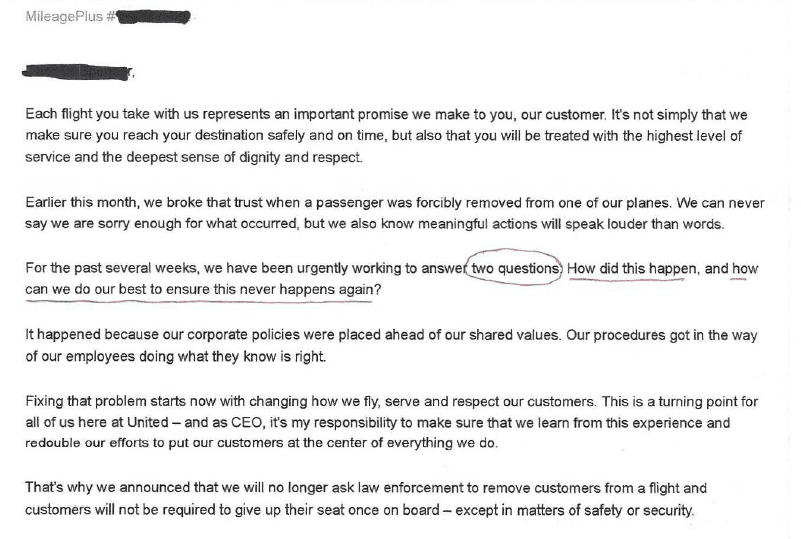
Going Beyond Survey Questionnaires with NLP
Companies that combine natural language processing (NLP) with numerical data such as survey scores for customer experience analytics stand a much greater chance of gaining actionable insights into what their customers like and don’t like—in addition to uncovering the reasons behind those indicators. Let’s take a look at how NLP could have helped United identify it had a problem with overbooking and customer experience and avert the unfortunate incident with Dr. Dao.
Customer satisfaction survey models normally pose one or more questions to customers to determine the loyalty of customers and moreover their willingness to promote the company. However, there are several problems with this approach. First, the data is filtered in that surveys target existing customers, and only of segment of them. Second, the numerical data results in scores that are relatively flat, lacking significant deviation that aids in deeper analytical insights. Third, actual survey scores are used more for determining employee bonus incentives than improving customer experience (over half of employees per a survey by MaritzCX believe scores matter more than customer experience).
NLP moves customer experience intelligence beyond these limitations by looking at the natural language of what customers are saying across multiple channels—online reviews, live web chat, phone and email support, community forums, social media, among others. Using key-phrase, entity, and sentiment analysis, NLP can pinpoint top topics of discussion—both positive and negative—such as customer frustration with overbooking and the amount of incentives offered. For United, this would enable its customer experience staff to isolate particular issues like overbooking, perform root-cause analysis, and enact appropriate remediation.
Additionally, assuming organizations have a specific topic query in mind like “problems with flight overbooking,” they can search for segments and analyze details related to specific key phrases via entity and sentiment analysis. This enables them to measure sentiment down to the level of specific topics, including the surrounding context of each occurrence—individually and in aggregate. Thus, if United suspected or knew there was a problem with overbooked flights and customer experience, their team could query the different information sources for key phrases associated with overbooking—historically to identify when the problem arose and how it has grown or declined since.
Advanced Persona Analysis Yields Further Insights
But the potential findings and recommendations of NLP don’t end with key phrase, entity, and sentiment analysis. Advanced persona development enables organizations to pinpoint customer personas in terms of 1) how they make decisions, 2) what communications, activities, and experiences resonate (and not) with them, and 3) how they engage and interact with the outside world.
With this deeper understanding of customers, companies like United can assess alignment (or misalignment) between existing customer practices and policies such as overbooking procedures and how they engage and communicate with customers. United could leverage these insights to modify its overbooking policies and incentives so that they resonate better with customers.
